With so many things on our plates as educators, it can be challenging to balance disciplinary priorities with content such as art, especially if you aren’t an experienced expert in that field. But art can actually be quite a difference maker in science education, especially on environmental issues.
- Art offers multimodal strategies for learners: It’s for everyone. People of all ages and all skill levels can engage in it, and it provides uniquely appropriate opportunities for students who may struggle to communicate or process content in other ways.
- Through art, students can make authentic connections to disciplinary material: It allows students to make meaning of scientific concepts in new and different ways. By creating a piece of art related to topics such as marine debris, students can put a bit of themselves and their imagination into the learning, rather than short-term memorization.
- In that way, it also builds creative problem-solving skills: Each student is going to approach art differently in order to achieve similar goals, building up pathways to help them solve problems in the future.
- It starts discussions: From conversation between students while making art to conversations between individuals seeing the art, it can get people talking, which opens a window to potentially change their behavior in ways that benefit the environment.
- While it can be difficult to introduce art when you yourself may not be experienced in it, by embracing the idea that everyone already is an artist, it can support student confidence and creativity rather than searching for the “right” way to do an activity.
Here are a few examples of art projects to inspire students to consider what they can create following their MDMAP surveys, incorporating what they’ve learned into creative messaging aimed at preventing debris from getting into the environment.
Enter the Annual NOAA Marine Debris Program Art Contest! The NOAA Marine Debris Program holds an annual art contest to reach K-8 students and help raise awareness about marine debris. Marine debris is a global issue and we believe that engaging our youth is an important part of addressing the problem. The resulting calendar, featuring the winning artwork, provides a daily reminder of how important it is for us to be responsible stewards of the ocean. High school students can research other art contests to share their artwork, or can even host a contest of their own. Learn more about supporting students to host their own art contest with the Trash Shouldn’t Splash Toolkit.
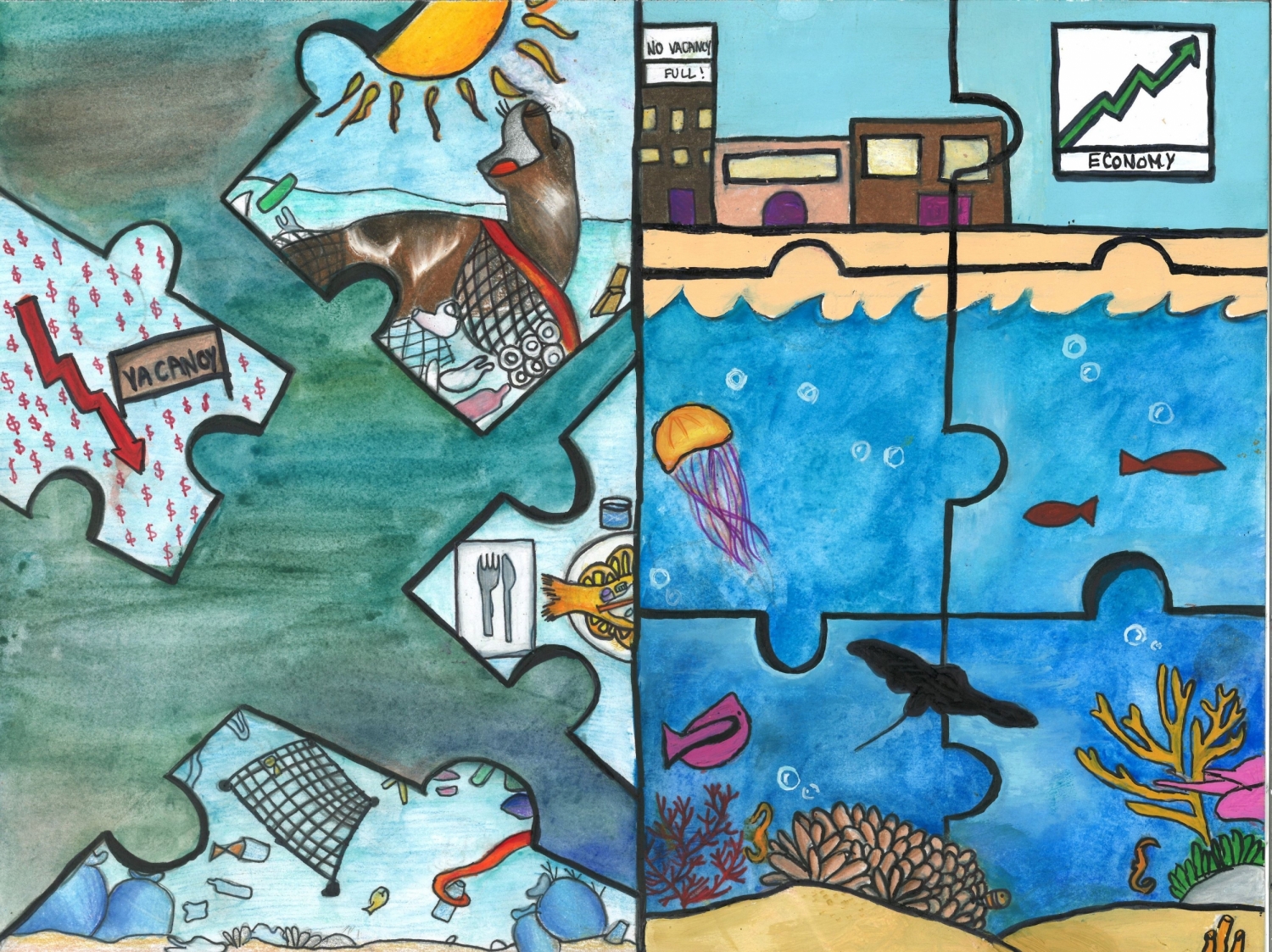
Use What You Find: Washed Ashore, with the help of community volunteers, creates large sculptures made of marine debris to add to a traveling exhibit that moves around the country raising awareness about plastic pollution with the goal of sparking changes in consumer habits. Building on this experience educating about marine debris and in partnership with the NOAA Marine Debris Program, Washed Ashore developed an Integrated Arts Marine Debris Curriculum. Through presentations and hands-on classroom activities, the curriculum educates students about marine debris, the language of the arts, and how to create their own mosaic using repurposed marine debris.
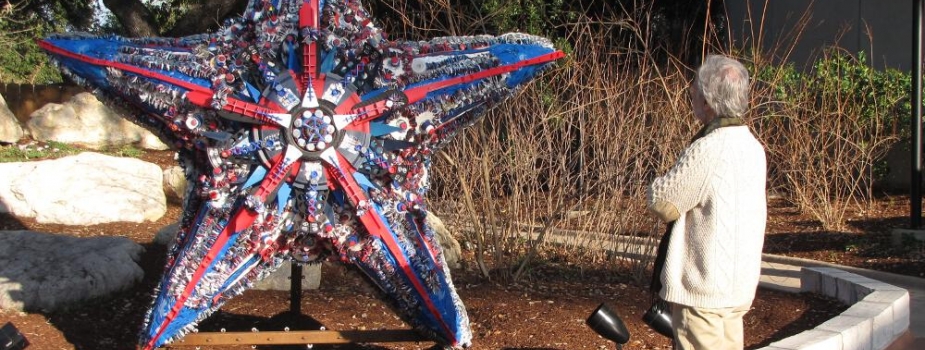
Support Stellar Storm Drains: Litter on the street can get washed into storm drains during rain events, eventually ending up in our waterways and ocean. Painting storm drain art can help draw attention to the issue and inspire passers-by to keep trash items from becoming marine debris by throwing them away properly or even picking them up before they end up in the drain. You can learn more about the impact of storm drain murals in this Marine Debris Program blog post.
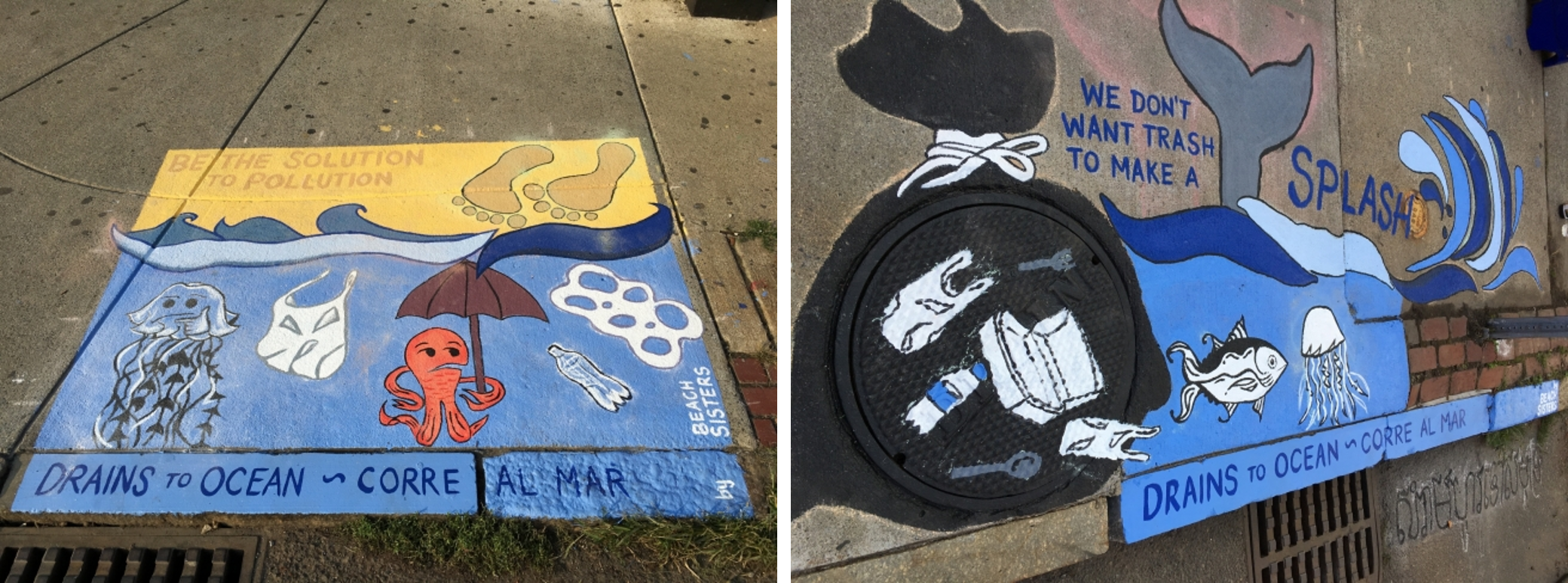
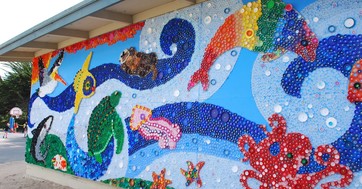
Coordinate Marine Debris Murals: Help spread the message about marine debris prevention and beautify your school at the same time by getting your students involved in a community art project made out of marine debris! There are lots of ways to go about creating marine debris art, but murals can be a great way to have your class work together and can help make the issue visible to others. For guidance and inspiration on this process, check out the Marine Debris Craft Corner.
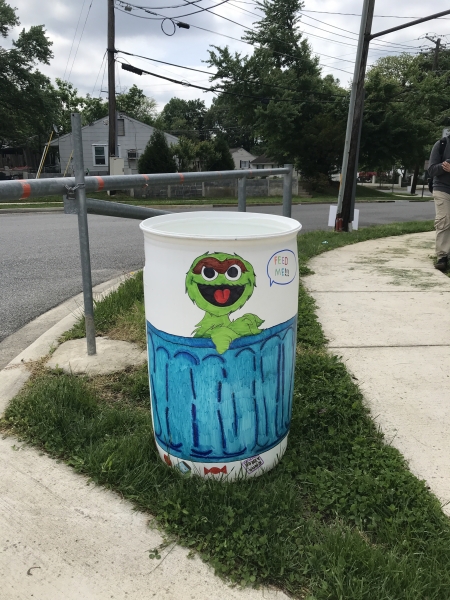
Turn Your Trash (Can) into a Treasure: Opportunities for proper disposal of trash (like trash cans) can help prevent marine debris, and making trash fun can be especially helpful! Students in Prince George’s County, Maryland, deployed “Adopt a Litter” cans at litter hotspots on their school property. They decorated trash cans to bring attention to the proper ways to dispose of waste and prevent it from becoming marine debris. You can learn more about this student-led project through the Alice Ferguson Foundation’s Watershed Leadership Program on the NOAA Marine Debris Program blog.
Other creative ways to raise awareness and change behavior around marine debris include:
Create a Trashion Show: Have students design unique outfits made of upcycled materials or recovered debris and invite community members to learn more about the issue of marine debris and how to prevent it. Learn more about projects like this in “Keeping Our Coastlines Clean,” a curriculum for the U.S. Virgin Islands.
Act It Out: Students can also tell the story of marine debris through theatrical arts. Check out “The Play’s the Thing” from Wisconsin Sea Grant, who uses musical theater to engage, educate, and inspire performing artists, students, and community members to be committed stewards of Lake Michigan.
 An official website of the United States government.
An official website of the United States government. 